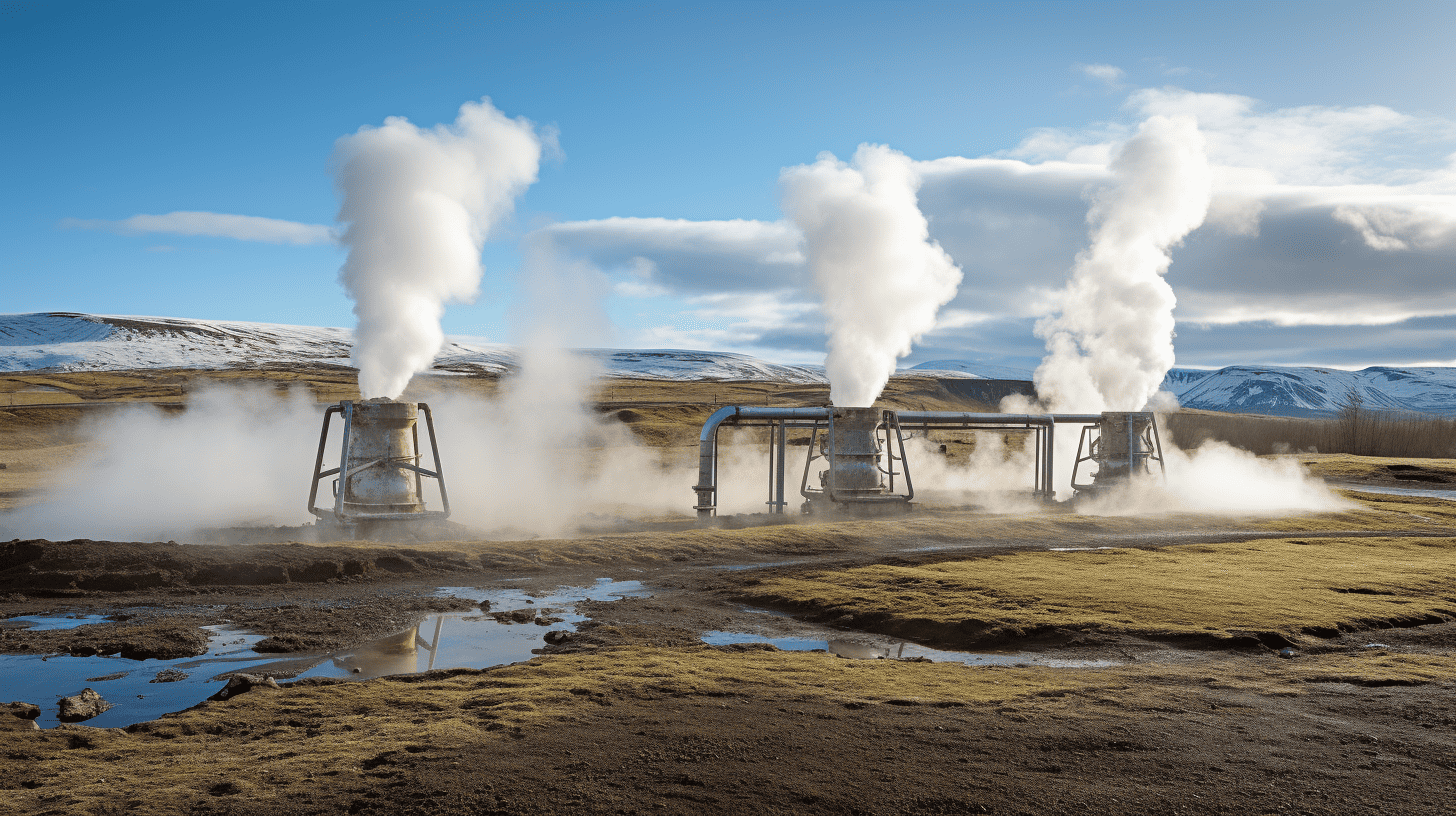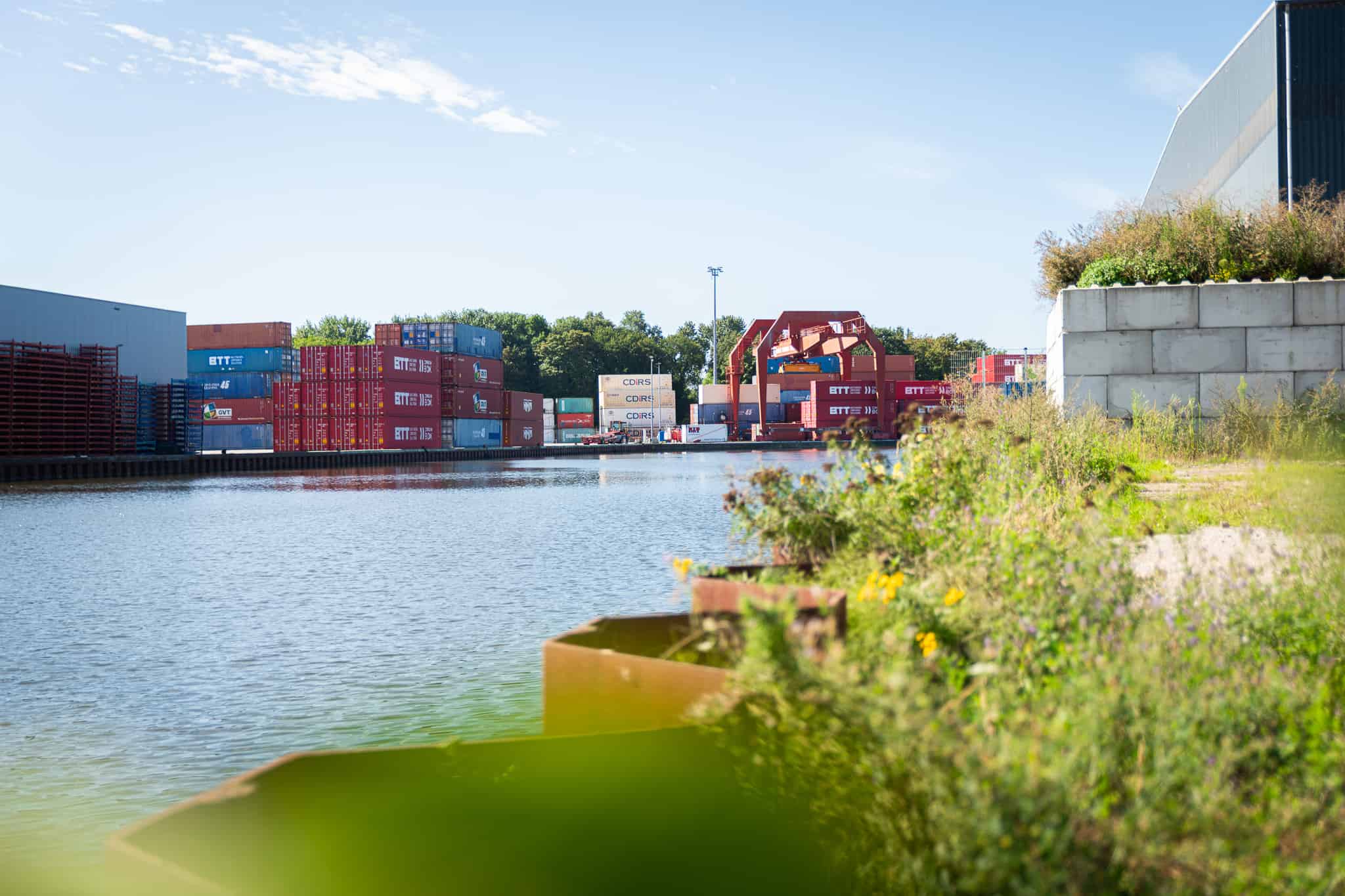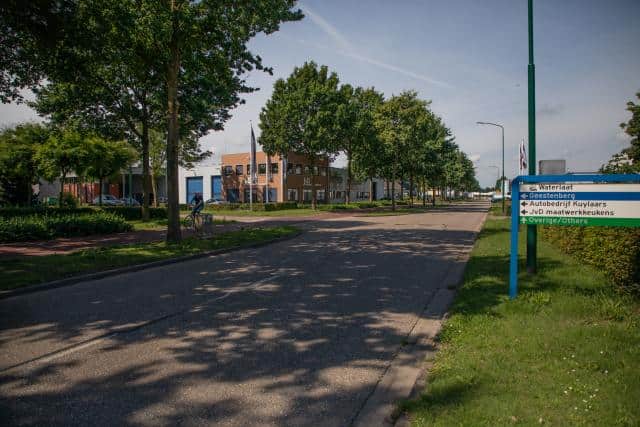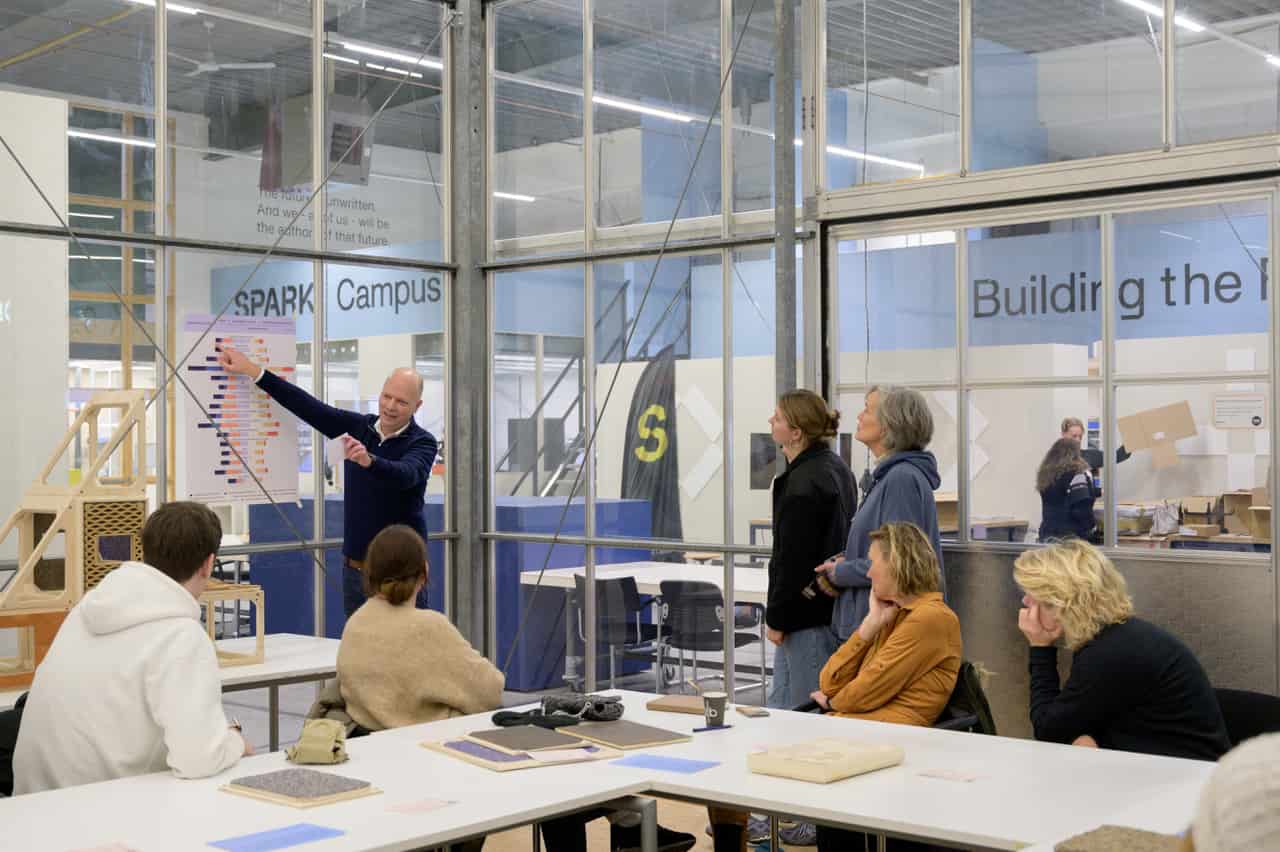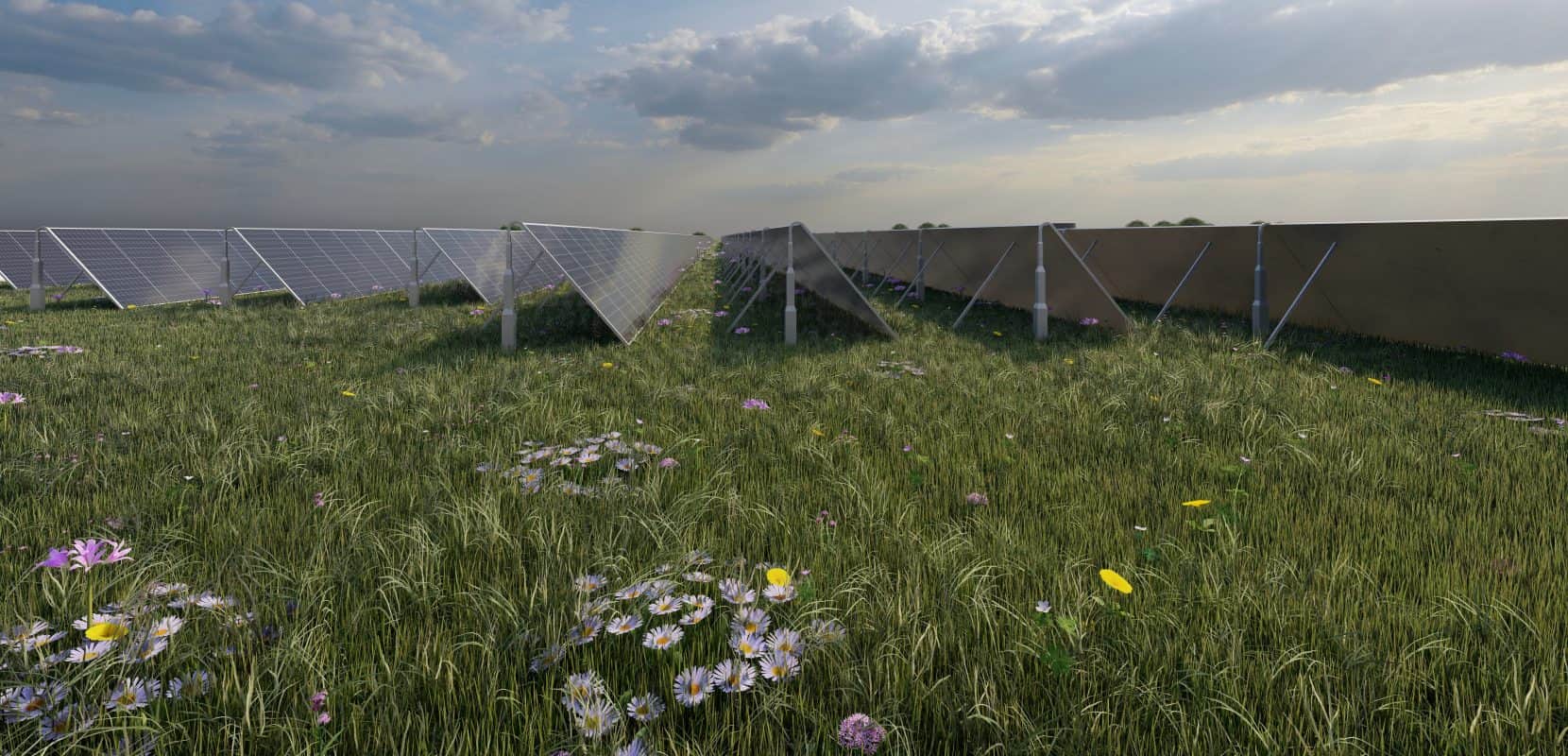
Heat is an important link in the energy transition. In the Dutch province of Groningen, steps are now being taken to ensure a more sustainable heat supply for local households and businesses. Recently, construction began on the largest solar thermal park in the Netherlands, located on a former dredging dump site in Dorkwerd. “We will soon be able to supply at least 2,500 Groningen households with it,” says Dick Takkebos, director of the sustainable public utility company Warmtestad.
The solar thermal park covers an area of 12 hectares and will be the third-largest park of its kind in the world. Solar park developer Solarfields, area developer K3, and supplier TVP Solar are tasked with the construction and development of the park for Warmtestad. In addition to the solar collectors, a new “WarmteCentrale” (heat plant) has been built where heat is collected and transported at high temperatures to Groningen’s neighborhoods.
The advent of the park contributes to the municipality of Groningen’s goal of being completely carbon-neutral by 2035. “Everywhere in the Netherlands people are thinking about replacing their current heat supply, but in Groningen, we are already being really progressive in the implementation of that,” Takkebos notes. Moreover, with gas prices at a record high, renewable heat is an affordable alternative for Groningen citizens.
New techniques
An innovative technique is being used to generate heat in the park. Hot water will soon be produced at the solar thermal park through the use of solar heat. “This is a fundamentally different technique than the usual solar PV (photo-voltaic) one which is used to generate electricity from sunlight,” Takkebos explains. As such, there are no cables running alongside the solar collectors in the solar park in Groningen, but instead tubes filled with water. Solar thermal power produces about three times more energy than solar PV over the same surface area. What’s more, the solar park does not take up any capacity in the energy grid. An innovative vacuum technique is also being used at Dorkwerd to produce heat. This makes it possible to generate relatively high temperatures, up to 85 °C, even on less sunny days.
Underground storage
The solar park captures heat mainly in the summer. However, by storing heat underground, it can also be used in winter. “We make use of so-called Aquifer Thermal Energy Storage, or ATES, to do this. This involves storing heat to a depth of as much as 175 meters in two underground water-bearing soil layers.” The new heat plant makes sure that the supply of heat is always at the right temperature and delivered to Groningen households via the heat grid.”
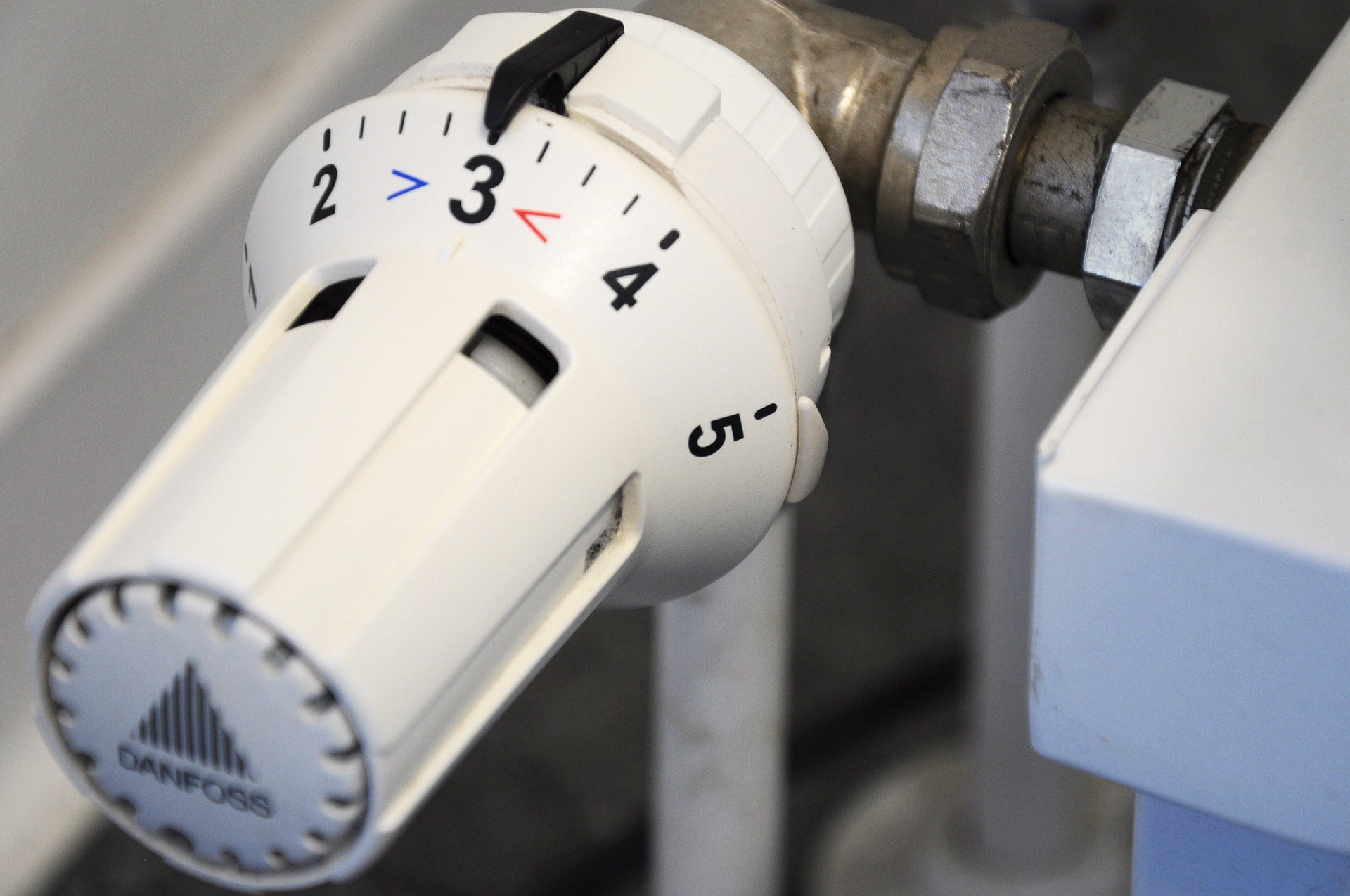
Multiple sources
Apart from the solar thermal park, other heat sources can be connected to the WarmteStad heat plant. Takkebos: “We are consciously adopting a multi-source approach in order not to be dependent on one sustainable source. For instance, we are currently already using the residual heat that computers in QTS and Bytesnet’s data centers generate. This is also known as data thermal energy. So, now solar thermal energy is also added to that. In the future, sustainable sources such as aquathermy (heat from surface, waste or drinking water), power to heat (heat from surplus electricity) or biogas could also be added. Hydrogen is also an option as a replacement for natural gas whereby waste heat released during hydrogen production is particularly interesting as a source for the heat grid.”
“Warmtestad uses a combination of techniques in order to harness all these different sources. In the new WarmteCentrale heat plant, electric heat pumps and combined heat and power (CHP) units ensure that heat is supplied to homes and buildings at the right temperature. Gas boilers are used to meet peak demand on really cold winter days. “For our boilers, we are currently using CO2-compensated natural gas. In future, we intend to use green gas, biogas or perhaps even hydrogen gas for this purpose. The use of solar and data thermal energy is already conserving 50 percent in CO2 emissions. Our goal is to be able to produce completely CO2-free heat by 2035 at the latest.”
Digital twin
There are advantages to working with a wide variety of heat sources, although it also brings new challenges. For instance, an exact estimate must be made of how much heat will be purchased and which sources and techniques can best be used for this purpose. WarmteStad is therefore working with research institute KWR on a digital twin of the heat plant. “This digital copy for operating the power plant answers a ‘what if’ scenario. What would you expect to happen if the sun shines less and the solar thermal park supplies less energy? And how will electricity or gas prices be affected, for example? We can also gain insight into the consumption profile as well as factor the weather forecast into the predictions.”
By being able to make better predictions and respond to them in a smart way, the digital twin ultimately enables the heat grid to be regulated more efficiently. “And that saves on costs, which ultimately should benefit Groningen citizens.”
It is expected that the park will be up and running in 2023.



